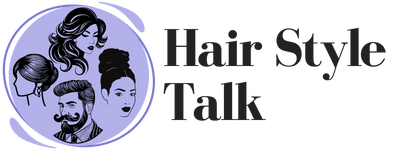The 1970s was a decade of bold fashion choices, especially when it came to hair. From voluminous curls to straight, flowing locks, the hairstyles of the ’70s were as varied as they were iconic. While these trends were all the rage back then, many would raise eyebrows today. Let’s take a journey through 25 haircuts from the ’70s that you might want to think twice about sporting nowadays. Each style tells a story of a time when experimentation was key, and the sky was the limit for hair volume and creativity.
The Shag
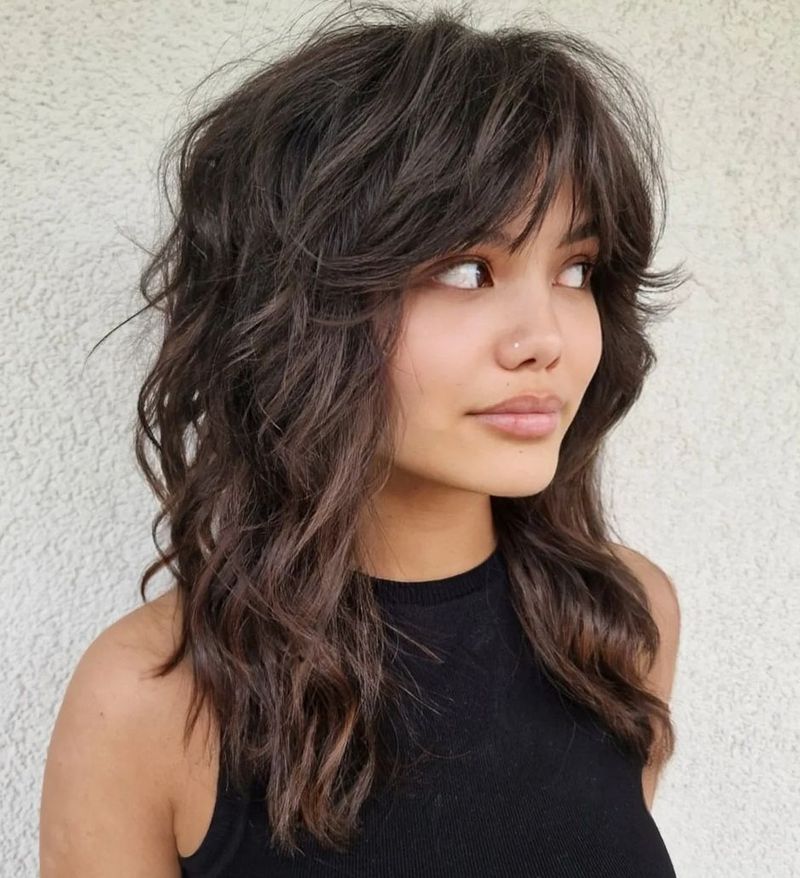
The shag was an iconic ’70s haircut featuring layers and feathering that added volume and texture. It was a go-to choice for those wanting to embrace a rock and roll vibe.
This cut was versatile, suiting both men and women, and was popularized by musicians and movie stars alike.
Today, the shag might seem outdated due to its heavily layered structure, which can appear chaotic and unkempt. While modern versions exist, sticking to the original may not do you any favors outside of a costume party. If you’re feeling brave, pair it with modern styling products for a contemporary twist.
However, it’s a style that demands regular maintenance to prevent looking messy. The shag has its charm, but it’s one that’s deeply rooted in a specific time and place, making it a risky choice in the present day.
Feathered Farrah Fawcett
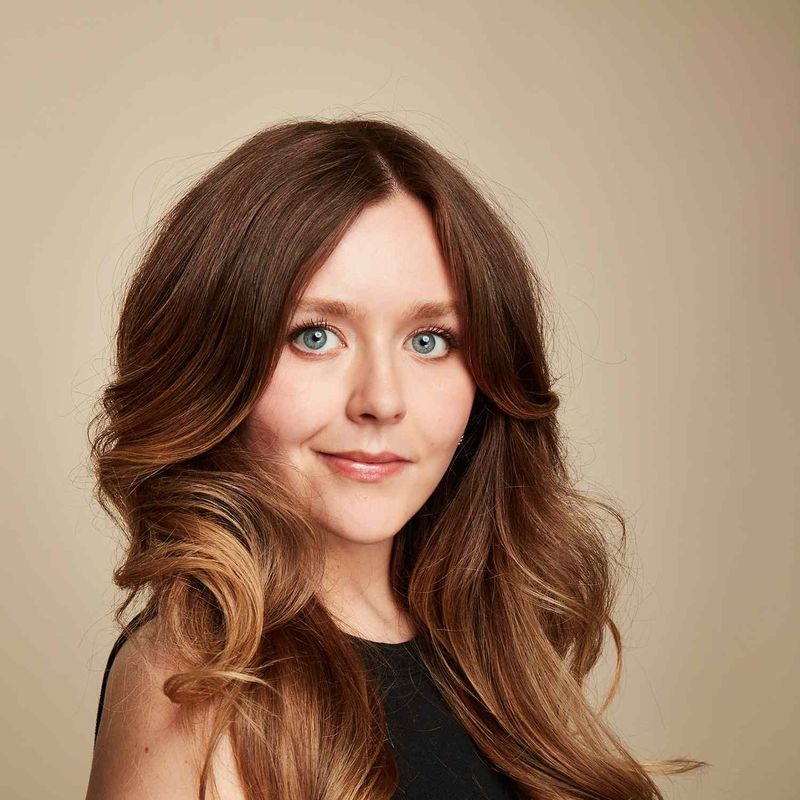
Farrah Fawcett’s feathered hairstyle became a symbol of 1970s glam. With its voluminous layers, it created a halo effect around the face, enhancing one’s features. The style required commitment, involving blow-drying and meticulous brushing to maintain its signature look.
In today’s world, such a style could be seen as excessive, drawing comparisons to outdated television characters.
While it can be modernized, the original version often appears too dramatic for contemporary tastes. If you’re aiming for nostalgia, a toned-down version might work.
For those daring enough to try, be prepared for a high-maintenance routine that requires time and effort. The feathered Farrah is best left in the past unless you have the dedication to keep it looking fresh and stylish.
The Mullet
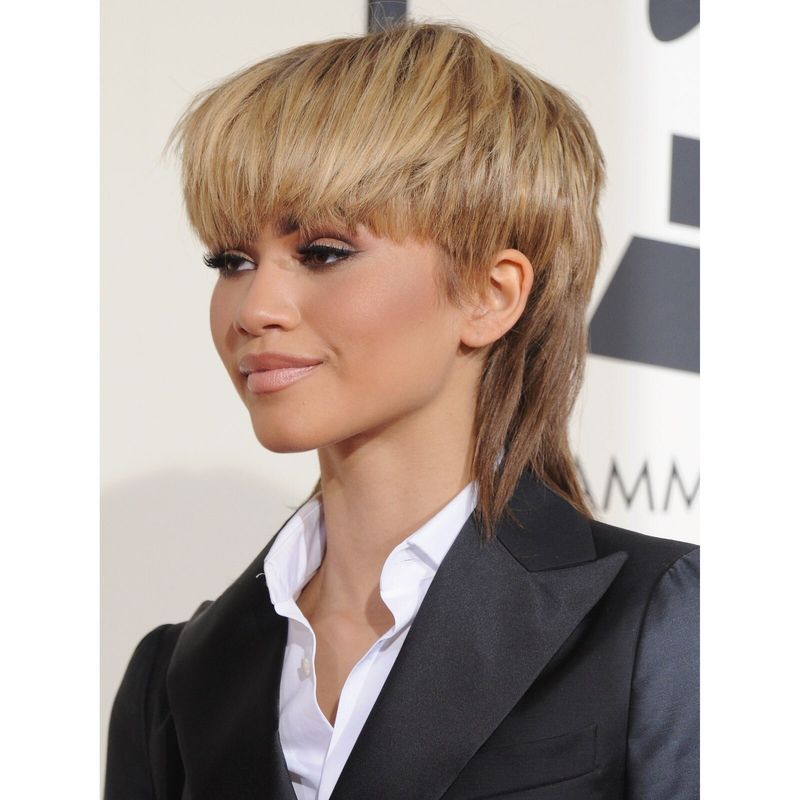
Known for its business-in-the-front, party-in-the-back mantra, the mullet was quintessentially ’70s. This haircut was embraced by rock stars and rebels, making it a symbol of nonconformity. The stark contrast between the short front and long back was its defining feature.
While it enjoyed a brief resurgence, the mullet is largely seen as a relic of the past. It’s often the subject of jokes and memes, a testament to its campy appeal.
Modern adaptations try to tone it down, but the original remains a bold statement.
If you’re considering a mullet, be ready for mixed reactions. It’s a haircut that requires a bold personality to pull off without irony. For most, it’s a style best appreciated from afar.
Pageboy Cut
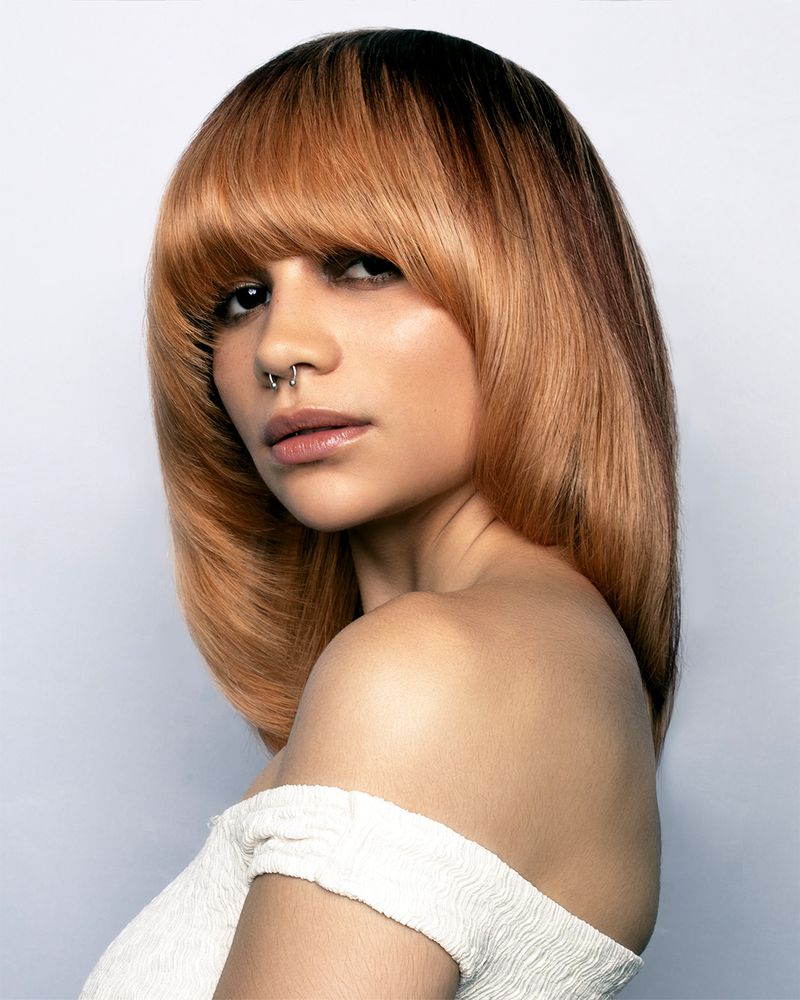
The pageboy cut was a sleek, structured style that offered a neat appearance. Often associated with intellectuals and artists, it featured straight lines and a rounded shape that framed the face perfectly.
Today, the pageboy might evoke images of school pictures from the past, where such cuts were common. Though it can be updated with modern tweaks, its original form feels stiff compared to the relaxed styles preferred today.
Opting for a pageboy requires precision cutting and frequent trims to maintain its shape.
While it has a certain retro charm, it’s not for everyone. For those who appreciate vintage aesthetics, a modified version might capture the essence without looking dated.
Afro
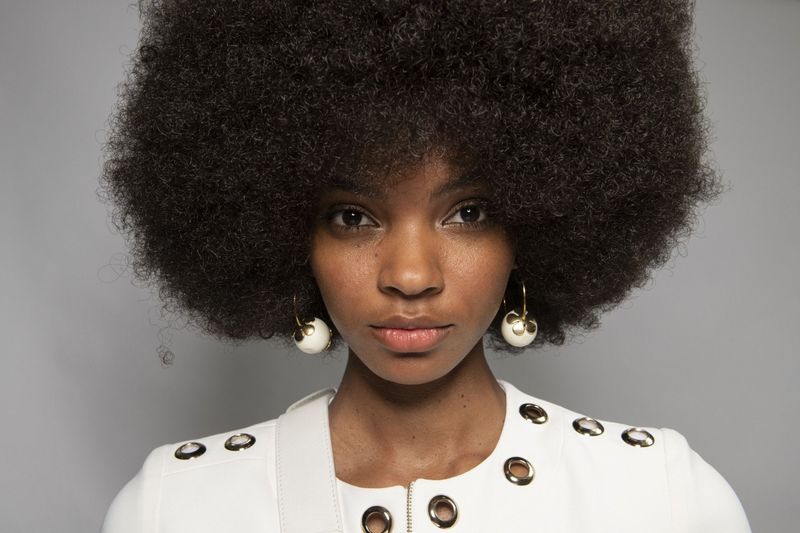
The afro was more than a hairstyle; it was a statement of pride and empowerment within the Black community. Its bold, rounded shape made it a standout look of the ’70s, symbolizing cultural identity and rebellion against societal norms.
While the afro is still celebrated for its historical significance, the original exaggerated form may not be practical for every day.
Modern interpretations often focus on texture and volume without the extreme spherical shape.
For those considering an afro, embrace the natural texture of your hair and use it as an expression of your individuality. Regular care and conditioning are essential to keep it healthy and stylish. The afro remains timeless, but its retro form is a bold choice today.
Dorothy Hamill Wedge
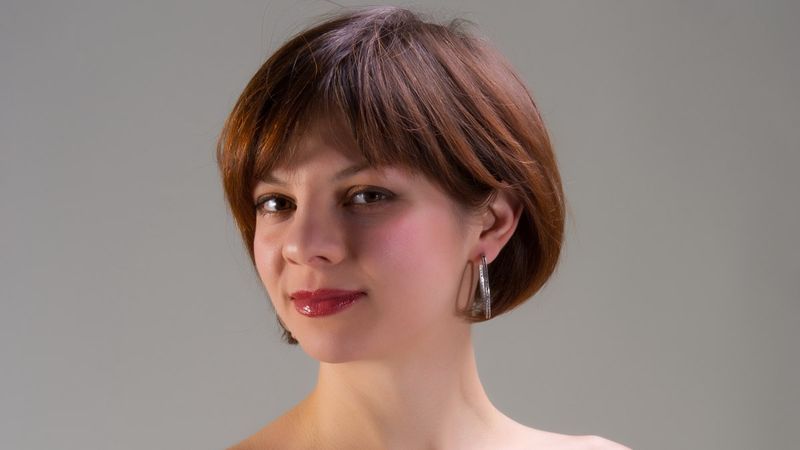
The Dorothy Hamill wedge haircut was inspired by the Olympic figure skating champion and became a ’70s sensation.
This short, geometric cut featured stacked layers at the back, creating a clean, angular look that was both sporty and chic.
Today, the wedge might be seen as a relic of a simpler time, with its severe lines and precise shape.
While it suited the athletic persona of the ’70s, the original might feel too structured in today’s more relaxed styling landscape.
For those reminiscing about the past, a modern adaptation with softer layers could work. However, the classic wedge demands regular trimming to maintain its distinct silhouette, making it a commitment for those who dare to revisit it.
Beehive
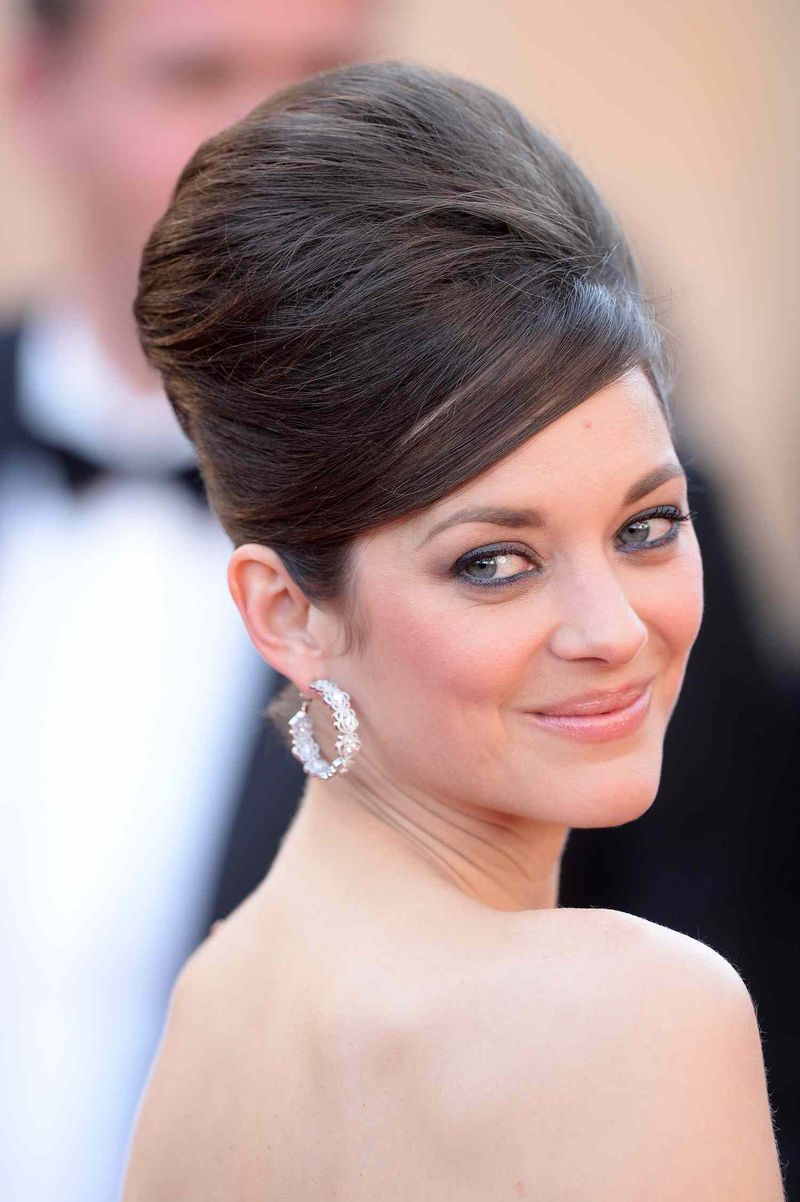
The beehive was an elaborate hairstyle that towered high above the head, constructed with copious amounts of hairspray and teasing. It was a favorite for formal occasions, showcasing one’s ability to reach new heights—literally!
In the present day, the beehive might appear comical or overly theatrical. Its dramatic silhouette and high maintenance make it impractical for daily wear.
Although it’s occasionally featured in retro-themed events, the style is largely seen as a nod to a bygone era.
If you’re feeling adventurous, a toned-down version with a modern twist can serve as an homage, but be prepared for the effort. The beehive is a hairstyle that requires commitment and an occasion worthy of its grandeur.
The ‘Frohawk
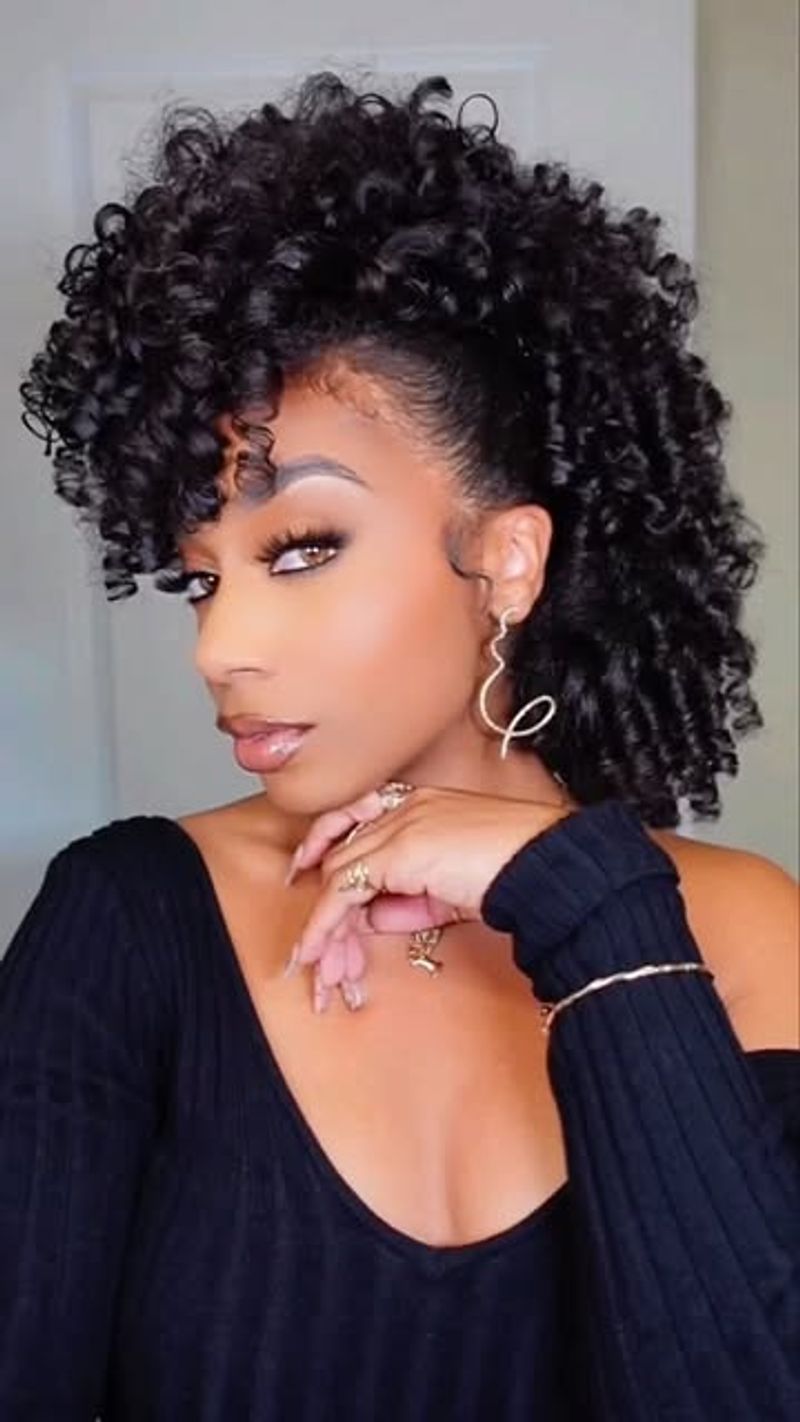
The ‘frohawk merged the afro’s volume with the mohawk’s edgy stripe, creating a distinctive look. This hairstyle was a bold statement, often associated with musicians and cultural movements, showcasing individuality.
While creative, the ‘frohawk is not for those who prefer subtlety. Its striking appearance draws attention, making it a conversation starter.
Though less common today, it still resonates within certain subcultures where bold expression is celebrated.
To pull off a ‘frohawk, one must own the look with confidence. It requires careful styling to maintain the shape and integrity of both the afro and mohawk elements. It remains a testament to fearless self-expression and creativity.
Bowl Cut
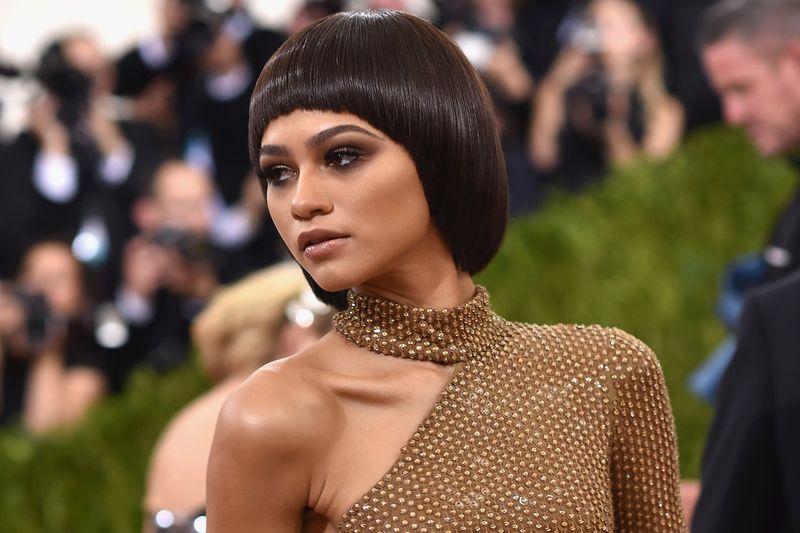
The bowl cut, as the name suggests, looked like a bowl was placed on the head and trimmed around. Its simplicity made it a favorite for parents, but it often left wearers looking like they were ready for an impromptu kitchen chore.
In the modern era, the bowl cut is often mocked for its lack of style and imagination.
It has been the butt of many jokes and considered unfashionable for those beyond childhood. Despite attempts to modernize it, the original remains an unfortunate choice.
For those nostalgic for a bowl cut, consider a more textured version with varying lengths to add a contemporary twist. While the traditional bowl cut may never regain its popularity, an updated version can offer a nod to the past without the same level of ridicule.
Pompadour
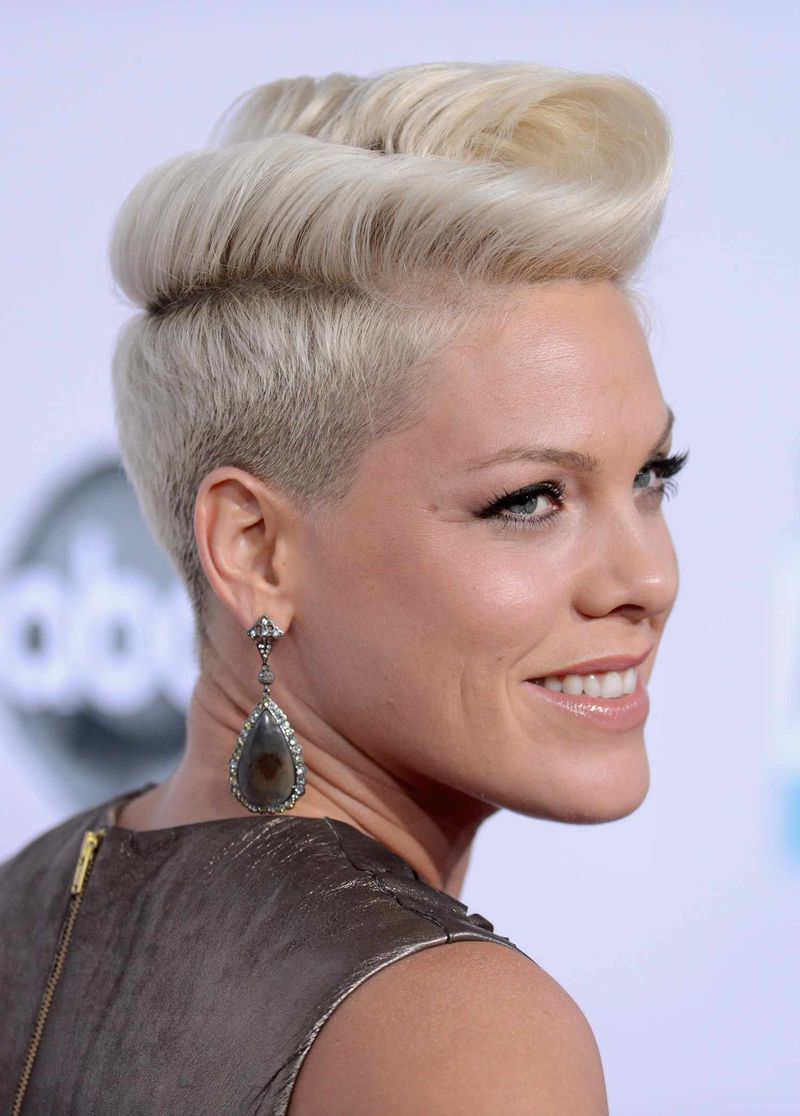
The pompadour, with its elevated front and slicked-back sides, was a favorite among rockabilly enthusiasts and musicians. It exuded a sense of flair and confidence, requiring precision and a lot of styling product to maintain.
Though it made a brief comeback in recent years, the traditional pompadour can often seem excessive in today’s world. It’s a style that demands attention, often linked with bygone rock icons.
For those daring enough to try, a modern pompadour with less height and more texture can be a stylish choice. However, maintaining the original’s grandeur requires dedication and a penchant for vintage vibes. It’s a statement look that’s not for the faint of heart.
Curtain Bangs
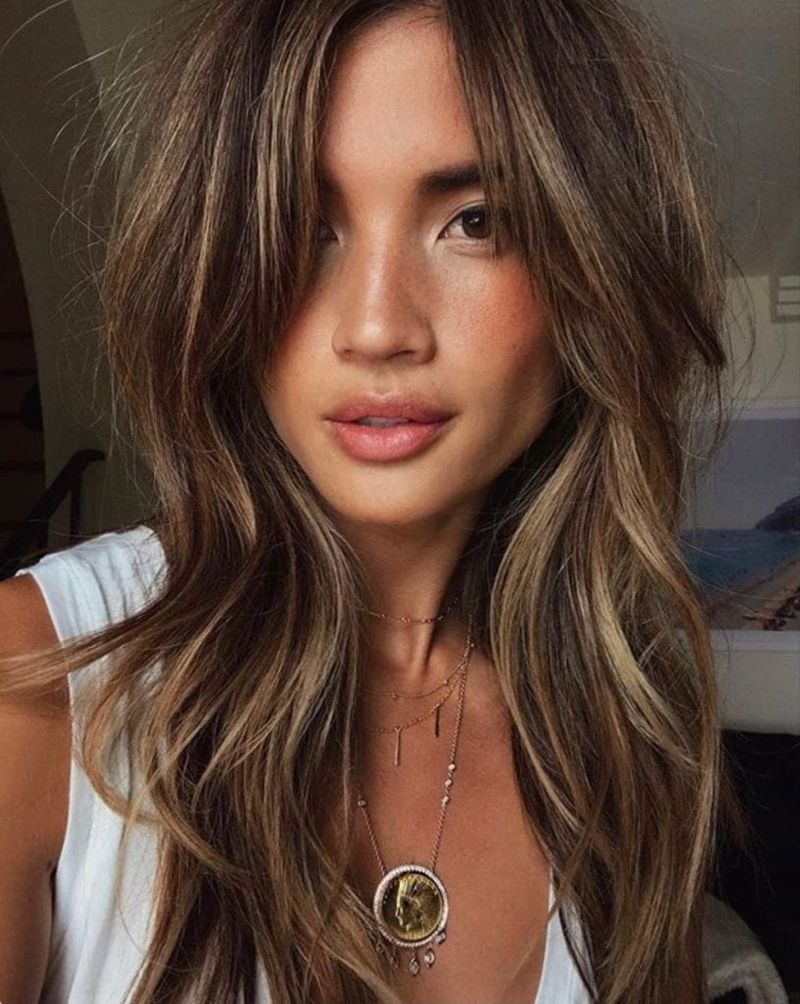
Curtain bangs were a subtle way to frame the face, parted in the middle and gently sweeping to the sides. This style was popular for its ability to soften features while adding a touch of elegance.
Today, curtain bangs have made a comeback, but the original cut can sometimes appear too structured or heavy for modern sensibilities. It’s a versatile style, but achieving the right balance requires careful cutting and styling.
For those interested in curtain bangs, aim for a softer, more tousled look that complements your natural hair texture.
This approach can keep the look contemporary and fresh, avoiding the overly perfect lines of the past. It’s a style that offers a nod to the ’70s while fitting seamlessly into today’s trends.
The Mop Top
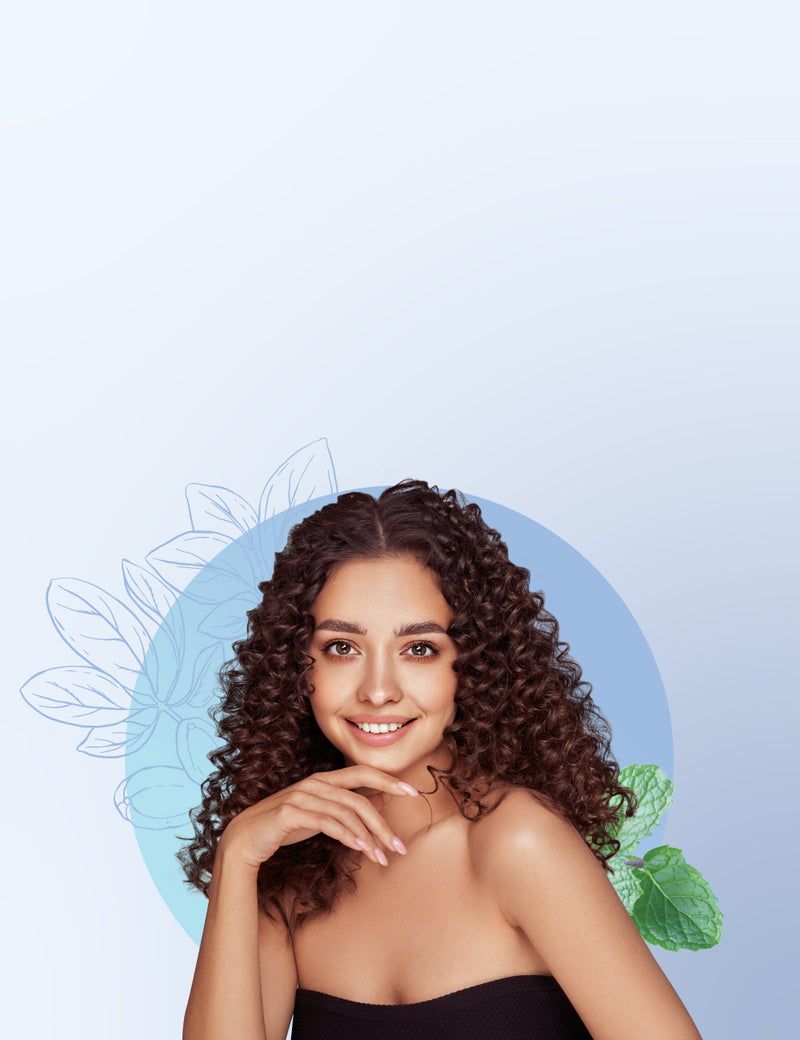
The mop top gained fame thanks to The Beatles, with its rounded shape and ear-covering length. It was a symbol of rebellion against the clean-cut image that dominated previous decades.
Nowadays, the mop top might be considered impractical, often associated with outdated boy bands. Its full, rounded silhouette can look unkempt if not styled correctly. Modern adaptations aim for a more relaxed version.
For those eager to channel their inner ’70s rocker, a mop top with choppy layers and texturing can give it a modern flair without losing its classic charm. While the original might be too much for some, an updated mop top offers nostalgic appeal with a contemporary twist.
The Perm

The perm was a popular ’70s hairstyle known for its tight, bouncy curls. This style added volume and drama, often becoming a defining part of one’s identity. It was a commitment, involving chemicals to achieve those lasting curls.
Today, the tight perm might seem overly dramatic and cumbersome.
It’s a style that has been parodied for its sometimes frizzy appearance. However, softer, more natural-looking perms have made a modern comeback.
For those brave enough to try, opt for a looser curl pattern and ensure your hair is well-conditioned to avoid damage.
While the original perm might draw chuckles today, a modern interpretation can offer a chic, voluminous look that’s easier to manage.
The Flip
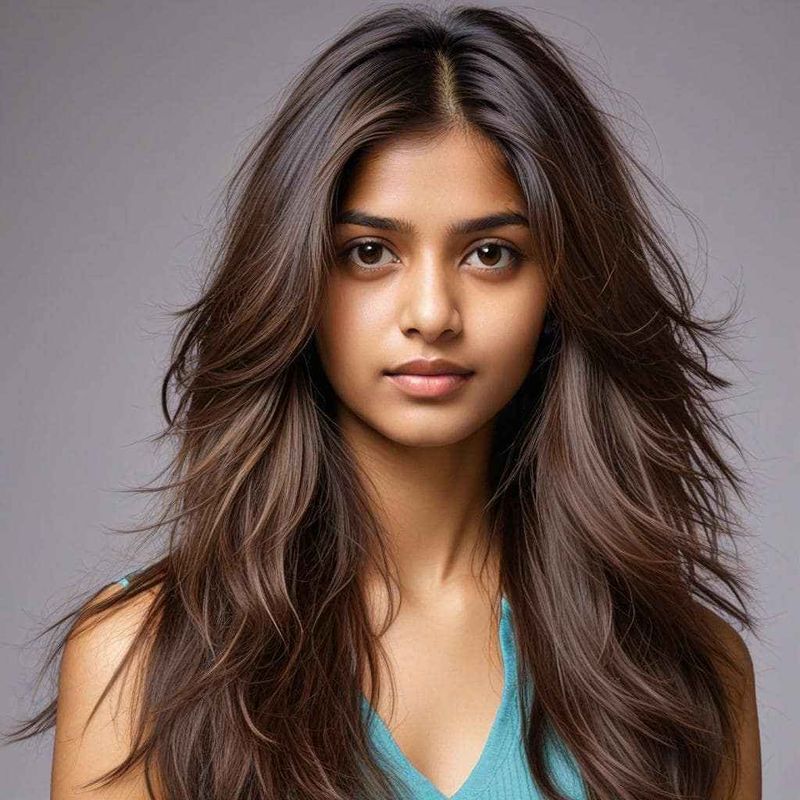
The flip was all about the ends, turned outward to create a playful, bouncy effect. It was a fun, youthful style that added flair and movement to straight hair, often seen on TV stars and fashion icons.
In today’s styling world, the flip might appear a bit kitschy, reminiscent of retro sitcom characters. It’s a look that requires styling tools and maintenance to keep the ends looking lively.
If you’re intrigued by the flip, consider incorporating it into a modern hairstyle, where only subtle flips add interest.
This approach can keep the style fresh without overwhelming your look. While the flip has its playful charm, it’s a style that should be approached with caution.
The Liberty Spikes
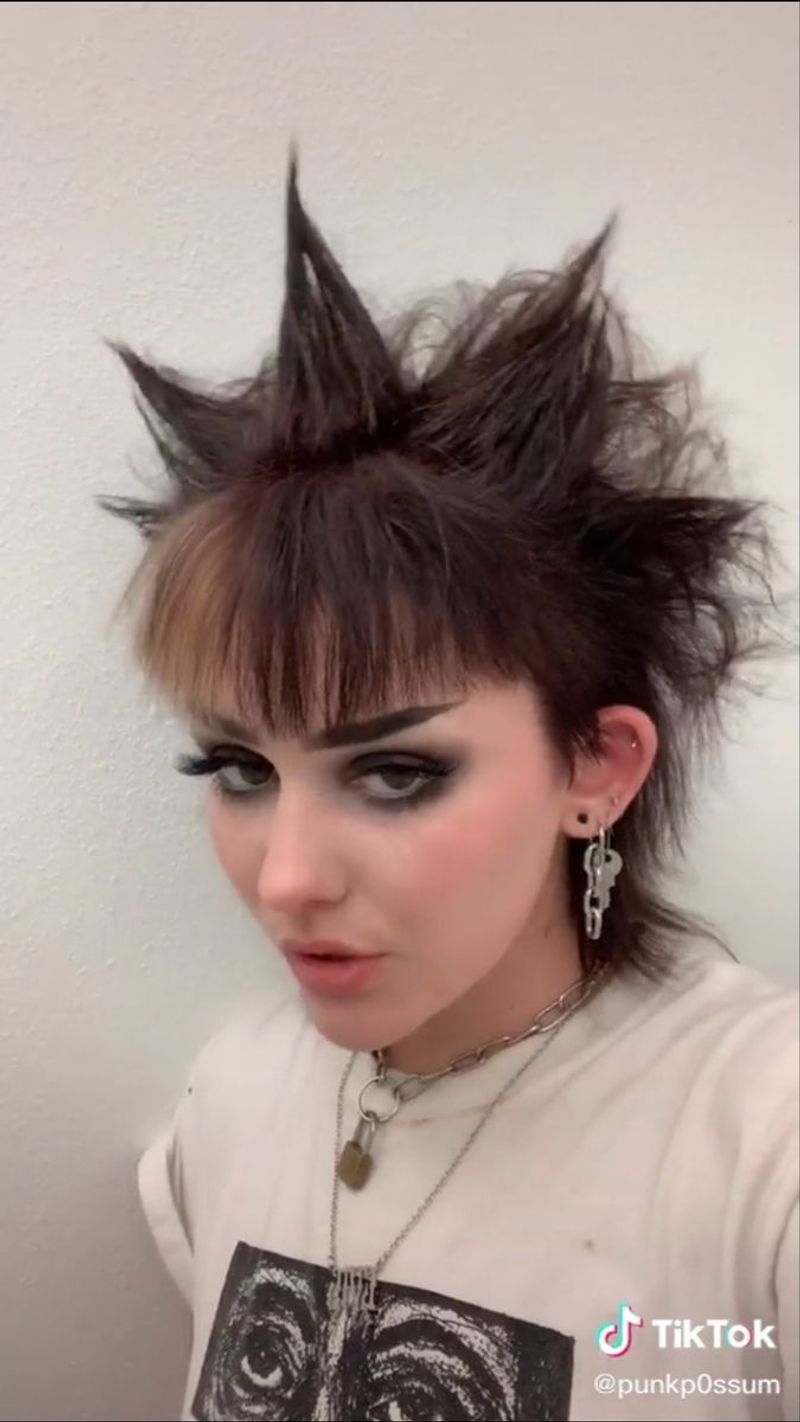
Liberty spikes were not for the faint-hearted, characterized by sharp, upright spikes covering the head. This punk-inspired hairstyle was an aggressive statement of individuality and rebellion, often associated with the underground music scene.
Today, liberty spikes are rarely seen outside of punk festivals, as their extreme nature can be off-putting in casual settings. It requires a lot of styling product and patience to achieve and maintain the spiky effect.
If you’re drawn to liberty spikes, reserve them for special occasions where bold expression is celebrated.
While the spikes may not be practical for everyday wear, they remain a striking representation of the punk ethos. It’s a look that demands confidence and a no-holds-barred attitude.
Pixie Cut
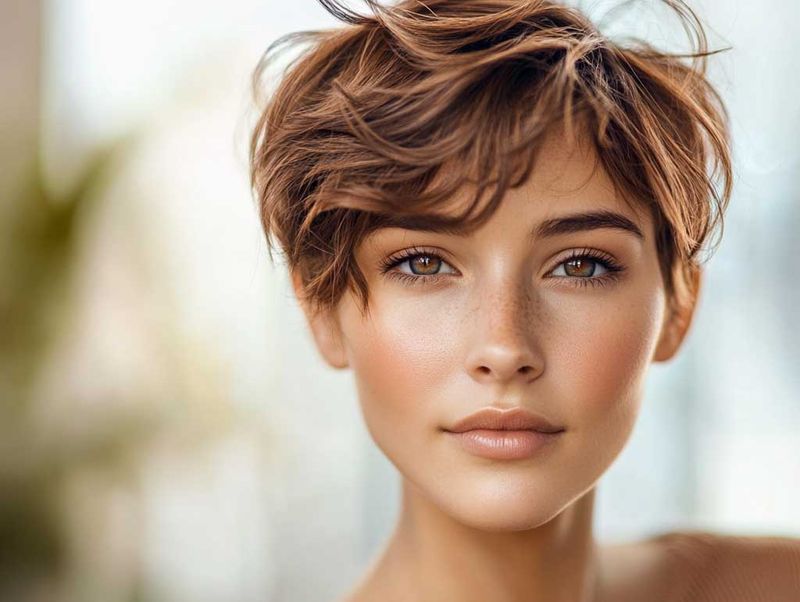
The pixie cut was a daring departure from longer styles, offering a short and chic look that was both rebellious and sophisticated. It was embraced by fashion-forward individuals seeking to make a bold statement.
Though still popular, the original ’70s pixie often lacked the modern texturing that softens its appearance. Today, pixie cuts are more versatile, allowing for personal expression through styling choices.
For those considering a pixie, aim for layers and texture that suit your face shape, enhancing your features. It’s a timeless style that requires regular upkeep to maintain its clean lines. The pixie is a bold choice that continues to captivate, with its roots firmly planted in the fashion-forward ’70s.
Cornrows
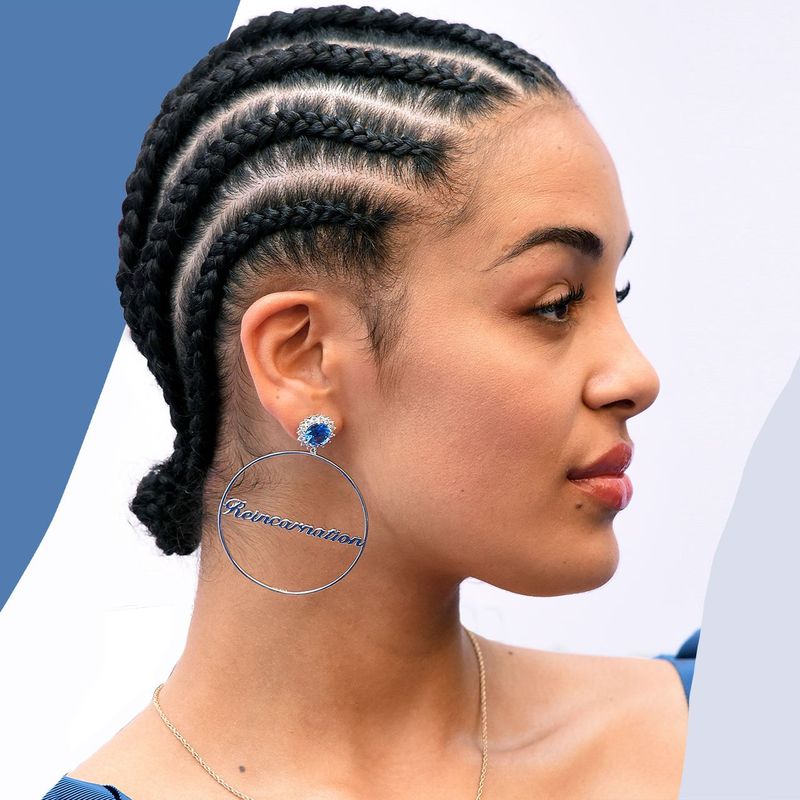
Cornrows are a traditional African hairstyle that gained mainstream popularity in the ’70s. This intricate, braided look was not only stylish but also practical, offering a low-maintenance option that could withstand active lifestyles.
While cornrows are still celebrated, wearing them requires understanding their cultural significance. The original styles were often more elaborate compared to the subtler versions seen today.
If you choose cornrows, embrace their cultural heritage and ensure you’re prepared for the time and skill required to create and maintain them. It’s a style that combines beauty with history, offering a connection to cultural roots that extends beyond fashion trends.
The Bouffant
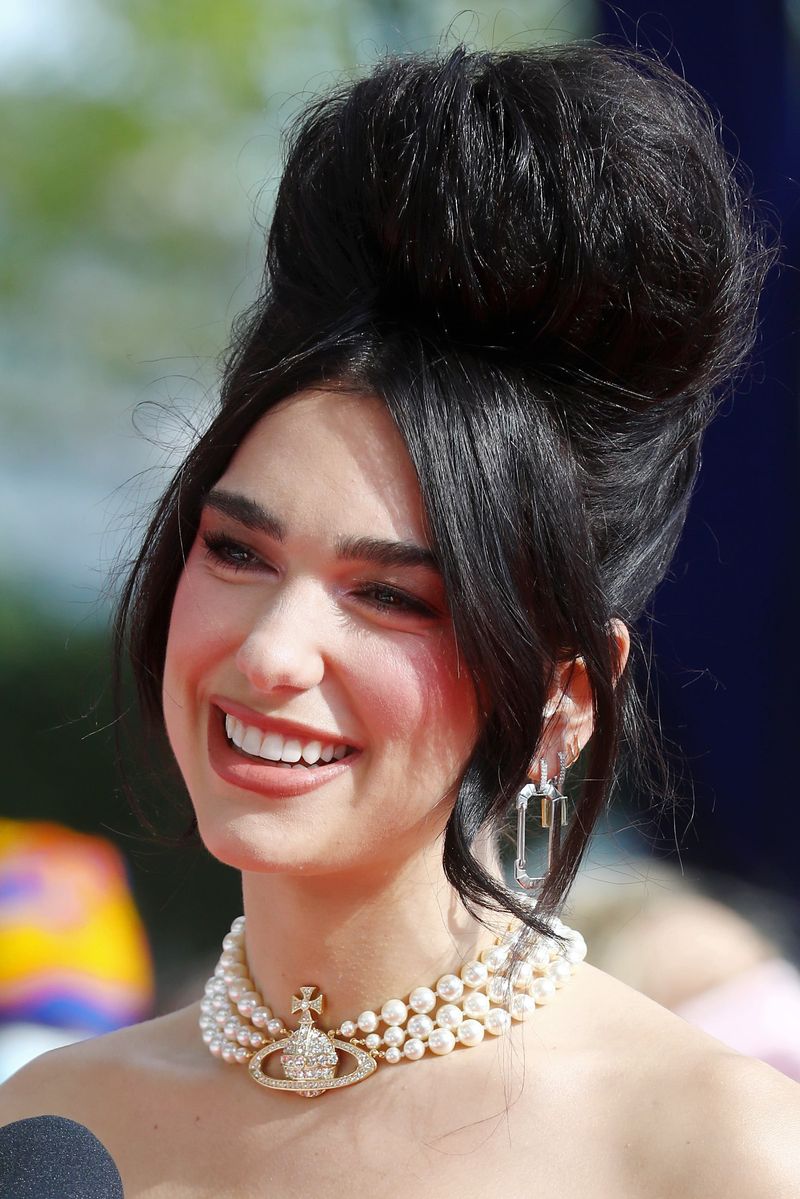
The bouffant was a grand hairstyle, characterized by its voluminous shape and elegant poise. It was a staple of formal events, requiring teasing, hairspray, and patience to achieve its height and structure.
Nowadays, the bouffant might seem overly extravagant, reserved for themed events or fashion shows rather than daily wear. Its elaborate nature can be seen as excessive compared to the understated styles of today.
For those daring enough to try, a modern bouffant with less volume can capture its elegance without the drama.
It remains a symbol of sophistication, though best appreciated in small doses. The bouffant is a style that commands attention, making it suitable for occasions where you want to stand out.
The Rattail
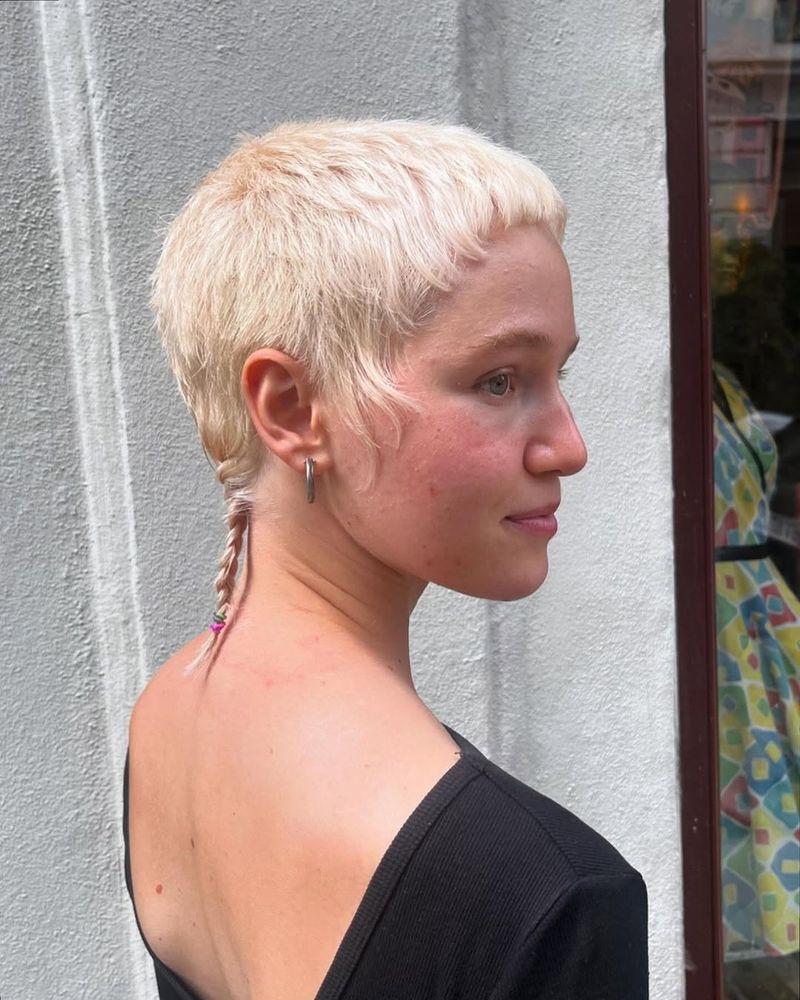
The rattail was an unusual hairstyle that featured a long strand of hair left to grow at the nape, while the rest was cut short. It became a curious trend, often perceived as quirky or rebellious.
Today, the rattail is often seen as a fashion faux pas, with its awkward proportions drawing more criticism than praise. It’s a style that has largely faded into obscurity, remembered more for its oddity than its appeal.
If you’re feeling adventurous, a modern take on the rattail could involve a more integrated look, using braids or twists to add interest. While the classic rattail might be passé, a creative approach can offer a unique twist on this eccentric hairstyle.
Slicked-Back
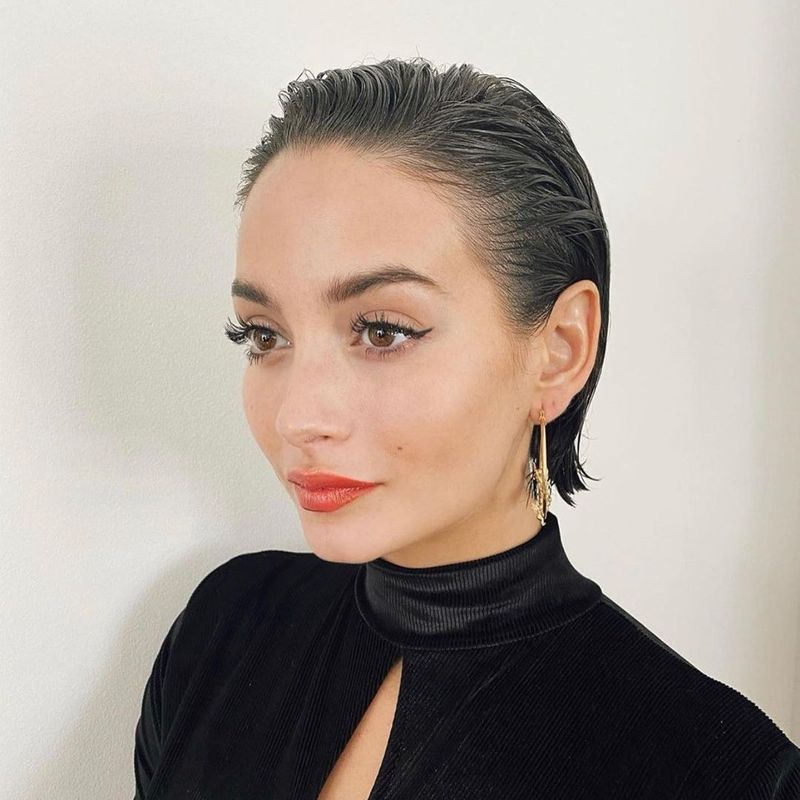
The slicked-back hairstyle was a staple for those wanting a polished, groomed look. It involved combing the hair back with pomade or gel, creating a sleek finish that exuded confidence and style.
While this look still holds appeal, the original ’70s version can sometimes appear too rigid or formal for casual settings. Modern interpretations favor a more relaxed approach with added texture.
For those interested in the slicked-back style, aim for a softer, slightly tousled finish that maintains the slick appearance without being overly stiff. It’s a versatile style that can transition from day to night, offering a timeless appeal with a nod to the past.
The Fawcett Flip
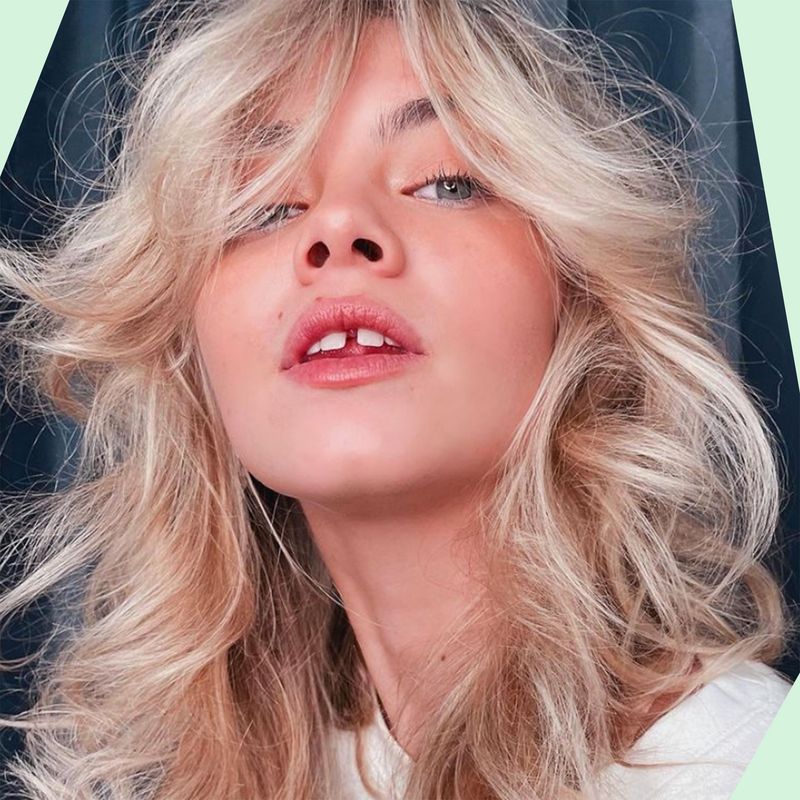
The Fawcett flip was another variation of Farrah’s iconic hairstyle, featuring side-swept bangs and outward-flipped layers. This style was synonymous with glamour and femininity, capturing the essence of ’70s beauty.
In today’s context, the Fawcett flip might be seen as nostalgic, with its structured layers appearing overly styled compared to modern preferences. It’s a look that requires effort to maintain its signature bounce.
For a contemporary take, consider soft waves and a more relaxed approach to the flip, allowing for movement and a natural finish. While the original may be too structured, a modern twist can keep the spirit alive without appearing dated.
The Long Hippie
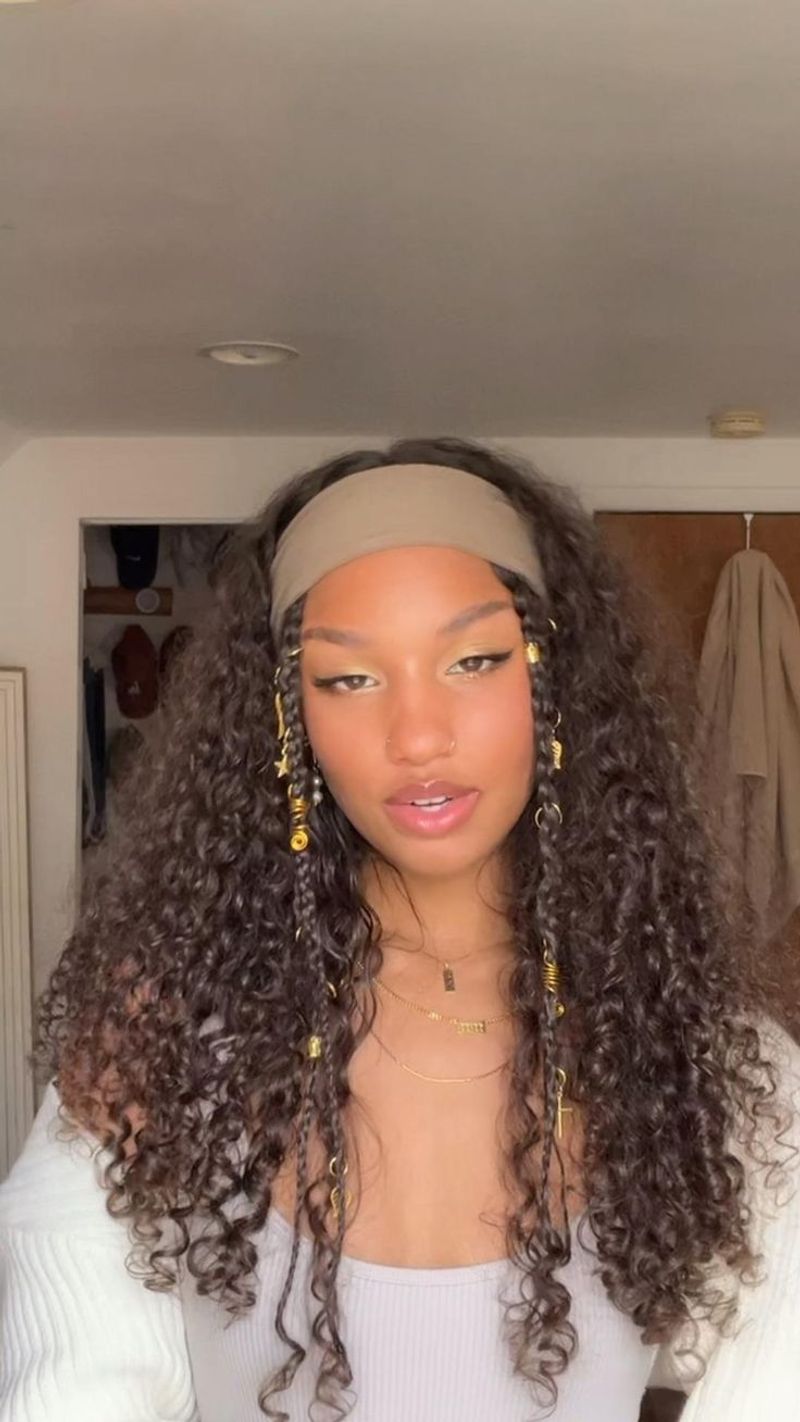
The long hippie hairstyle was all about natural, free-flowing locks, symbolizing peace and rebellion against conventional norms. It was a unisex style worn by those embracing the counterculture movement.
While long hair remains popular, the unkempt, wild look of the ’70s might not suit everyone’s taste today. It’s a style that requires care to avoid appearing disheveled.
For those drawn to the hippie vibe, maintain your hair’s health with regular trims and conditioning, allowing it to grow naturally without losing its sheen.
A modern interpretation of this style balances length with care, preserving its laid-back charm without compromising on style.
The Feathered Bob
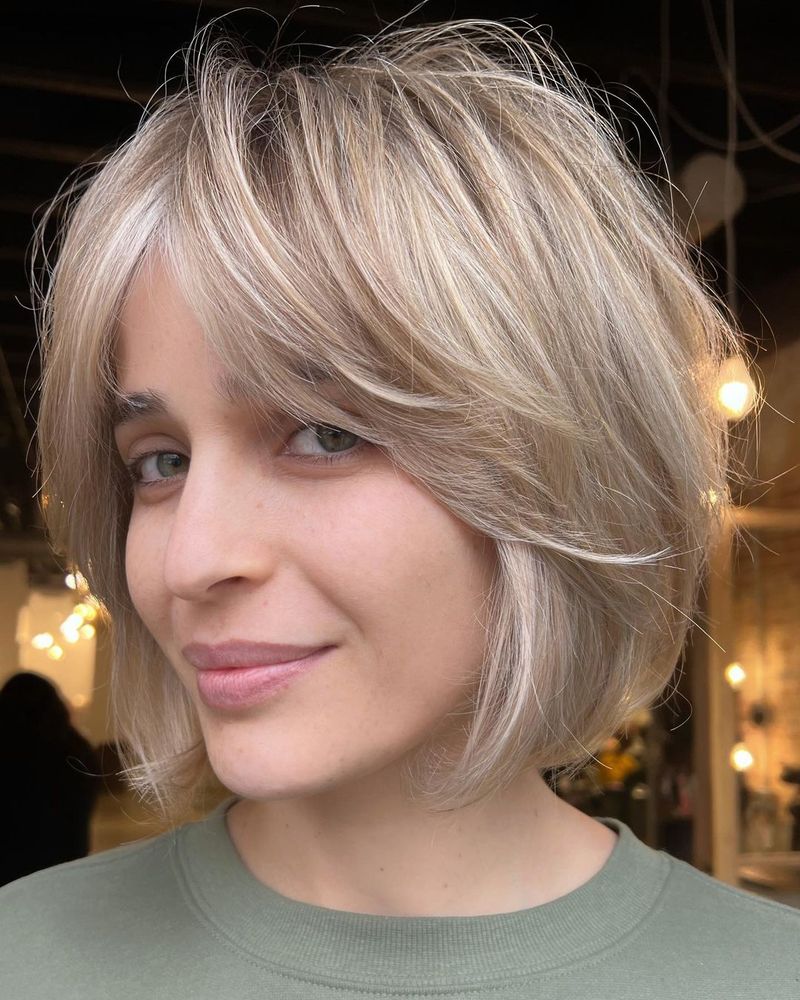
The feathered bob combined the structure of a bob with the soft layers of feathering, creating a versatile and chic look. It was a popular choice for those wanting a manageable yet stylish haircut.
Today, the feathered bob can be seen as too structured for some, with its deliberate layers requiring regular upkeep. It’s a style that can appear dated without modern tweaks.
For a contemporary version, consider a more textured bob with subtle feathering that enhances movement. This approach keeps the style fresh and relevant, offering the best of both worlds: the elegance of the past with a modern edge. The feathered bob remains a captivating choice for those who appreciate a blend of structure and softness.
The Emo Fringe
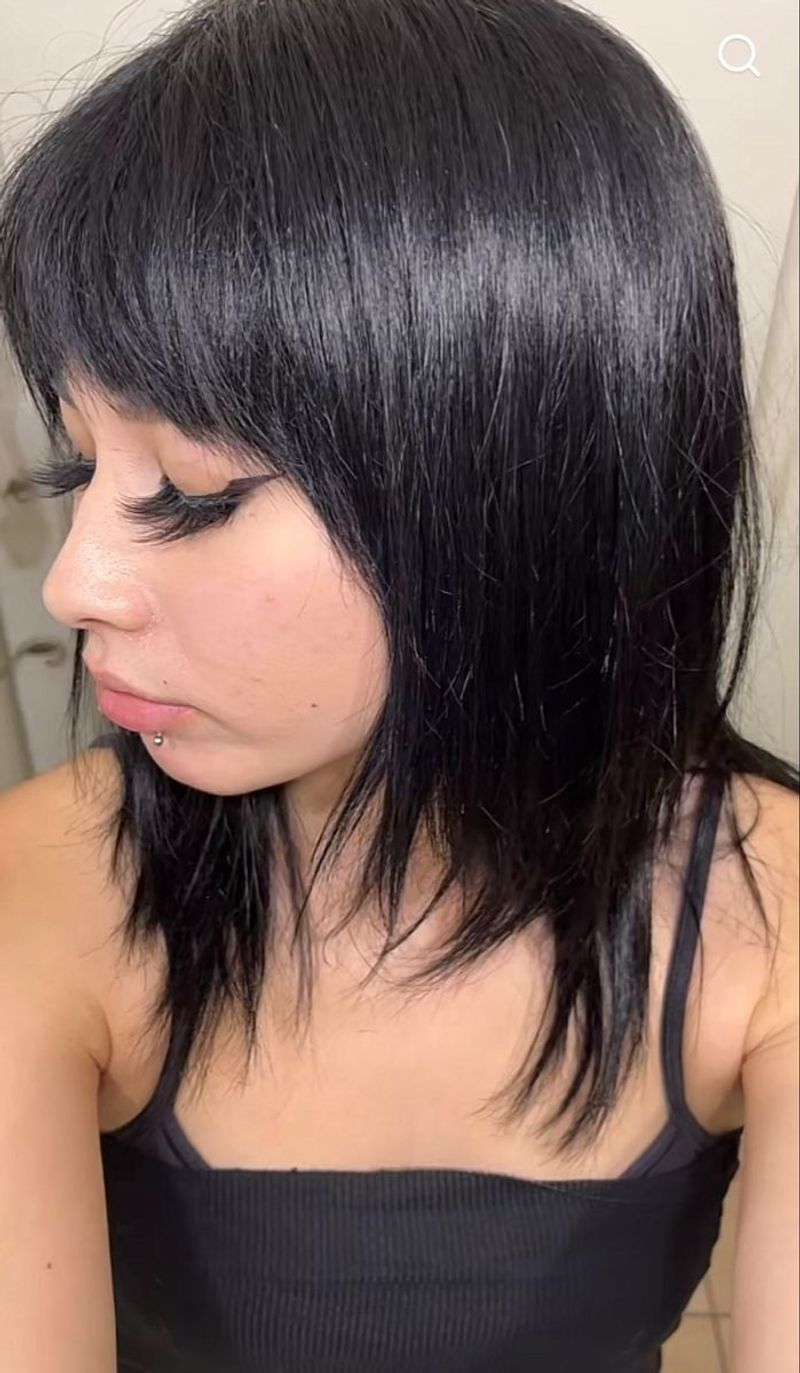
The emo fringe involved long bangs swept across the forehead, often paired with straight, dark hair. Though more commonly associated with later decades, its roots trace back to the ’70s styles that experimented with fringe.
In today’s world, the emo fringe can look overly dramatic if not balanced with the rest of the hairstyle. It’s a style that might resonate with those who appreciate an edgy aesthetic but requires careful consideration.
If you’re tempted by the emo fringe, keep the look soft and balanced with textured layers that frame the face.
This can avoid a heavy, overwhelming appearance, making it a versatile choice for those drawn to its moody charm. With the right approach, the emo fringe can offer a unique flair without veering into caricature territory.
